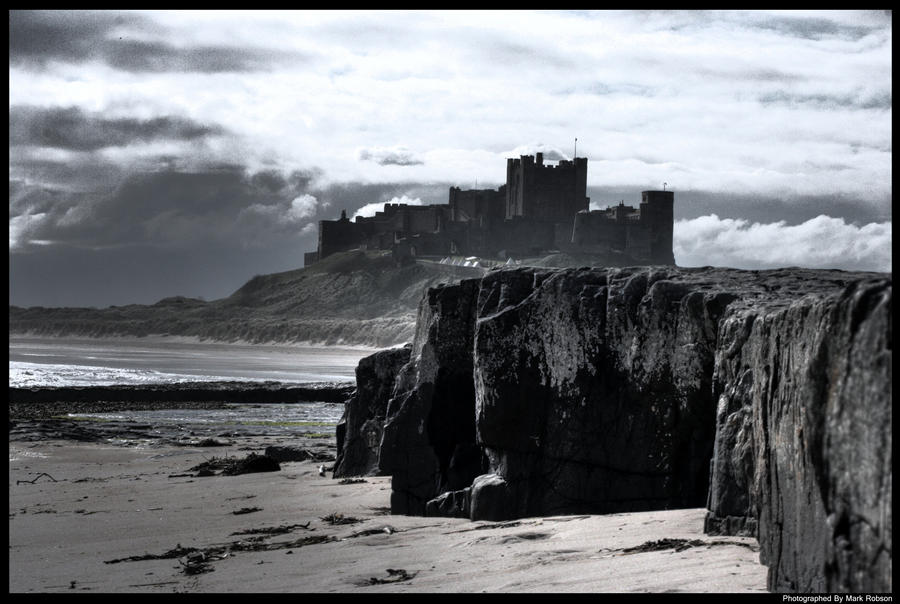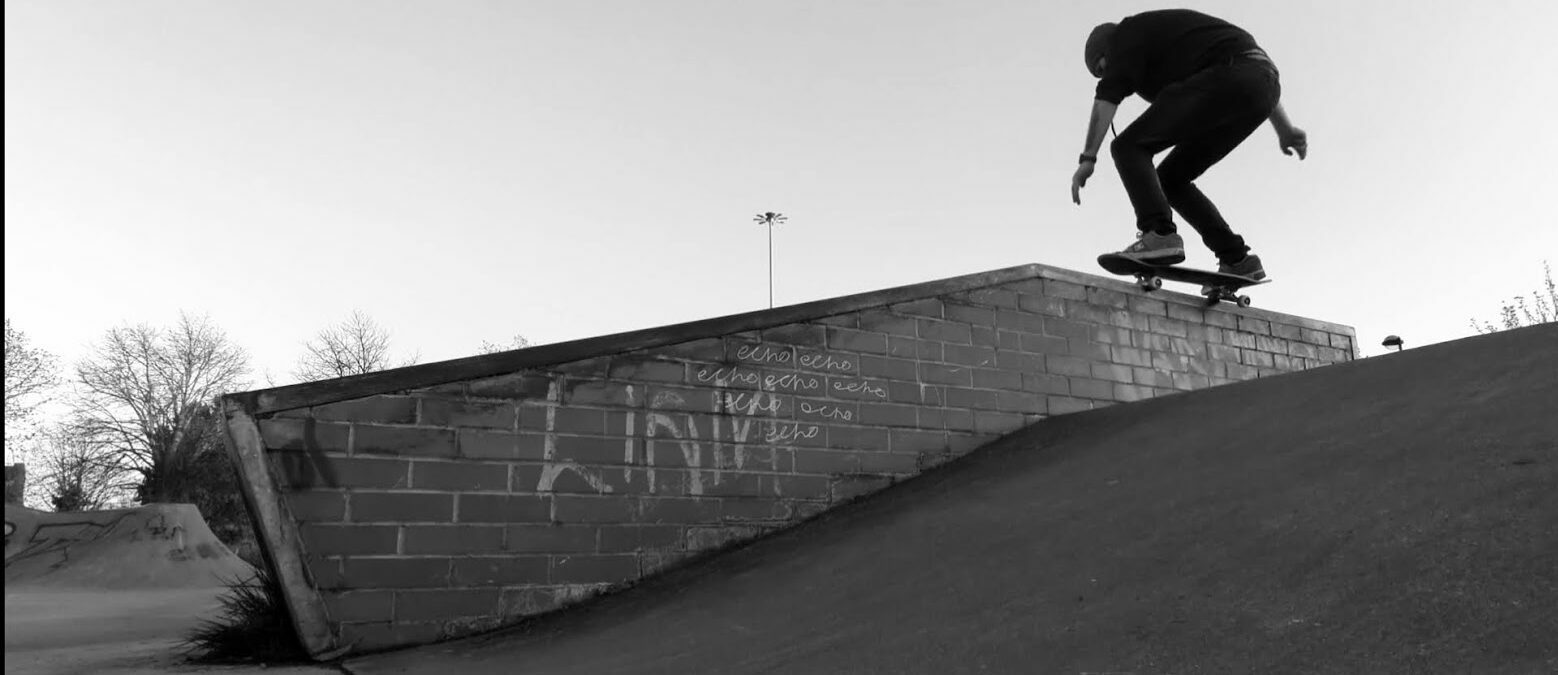Who goes down the beach in the winter? Not as many as in the summer, it’s a general society rule, that when the sun comes out, and it gets warm, we all start venturing down to the beach. That doesn’t however mean, you shouldnt photograph the coasts and beaches in the winter, because you can get some amazing dramatic images.
The techniques that you’ll be using when down the beach will vary greatly, and this depends on what you’ll be photographing, so here’s a few ideas on what’s available so you can prepare your equipment for when you’re venturing towards the sea and sand.

Time of day, this can have a huge impact. Most photographers who try and take photographing the beach landscape as a serious hobby and therefore will venture to the beach on a regular basis, and usually aim for sunrise/sunset. These times of the day really offer more freedom and light levels which do not appear too harsh on the cameras sensors, whereas the middle of the day when the weathers nice, you’ll have lots of people, heat pounding down on you, and the sunlight is very bright. The temperatures are more modest, the beaches more remote, and the levels of light are changing along with the direction of the sun, which will highlight interesting patterns as the sunlight and shadows dance with each other.
Any time of the day that you’re found down on the beach with the camera you’ll either discover very hard lighting from direct sun which may over expose the sand or you may have some fantastic light coming from the sky resulting in an underexposed beach. One technique a lot of photographers will use is “Bracketing”, and this function is only available on some cameras (refer to your manual). Bracketing once set up allows for your camera to take numerous photographs very fast, at different exposures which helps eliminate some of the underexposures and over exposures. If this is not a function available to yourself, place your camera in manual mode, as you’ll likely find that the automatic modes do not allow for you to successfully capture the beach very well.
If you’re going for some classic photographs of looking at towards the sea, make sure you get the horizon straight, there’s no need for you to spend time in photoshop correcting this, which will actually take longer than lining up your shot first time before you click the shutter release. Inside of a lot of DSLRs you’ll discover there are lights built into the view finder, which help your alignment and all you need to do is click the right button for them to appear. These lights inside your viewfinder can give you amazing help when you need it.
Look at your point of view, do you really need another photograph of the sea from the beach? Why not try and look around, look for some rock pools, try some action shots of the surfers with a long lens, how about some of the items you find on the beach, such as a half broken sand castle, from a low angle with a sunset, this can look great. Don’t forget though, usually when you find sand and water, you’ll also find life, so look at the people and look around for creatures. If all of this is just not meeting you’re needs, get off the beach and search for some higher ground. Looking down on the beach you may get a better perspective, or venture into the sea slightly and look back over the beach, this new angle could be the new idea you’re looking for.
Notes: If you’re to photograph people make sure you have their permission, as we can only imagine that it looks creepy to go down the beach and use a huge camera photographing people.
